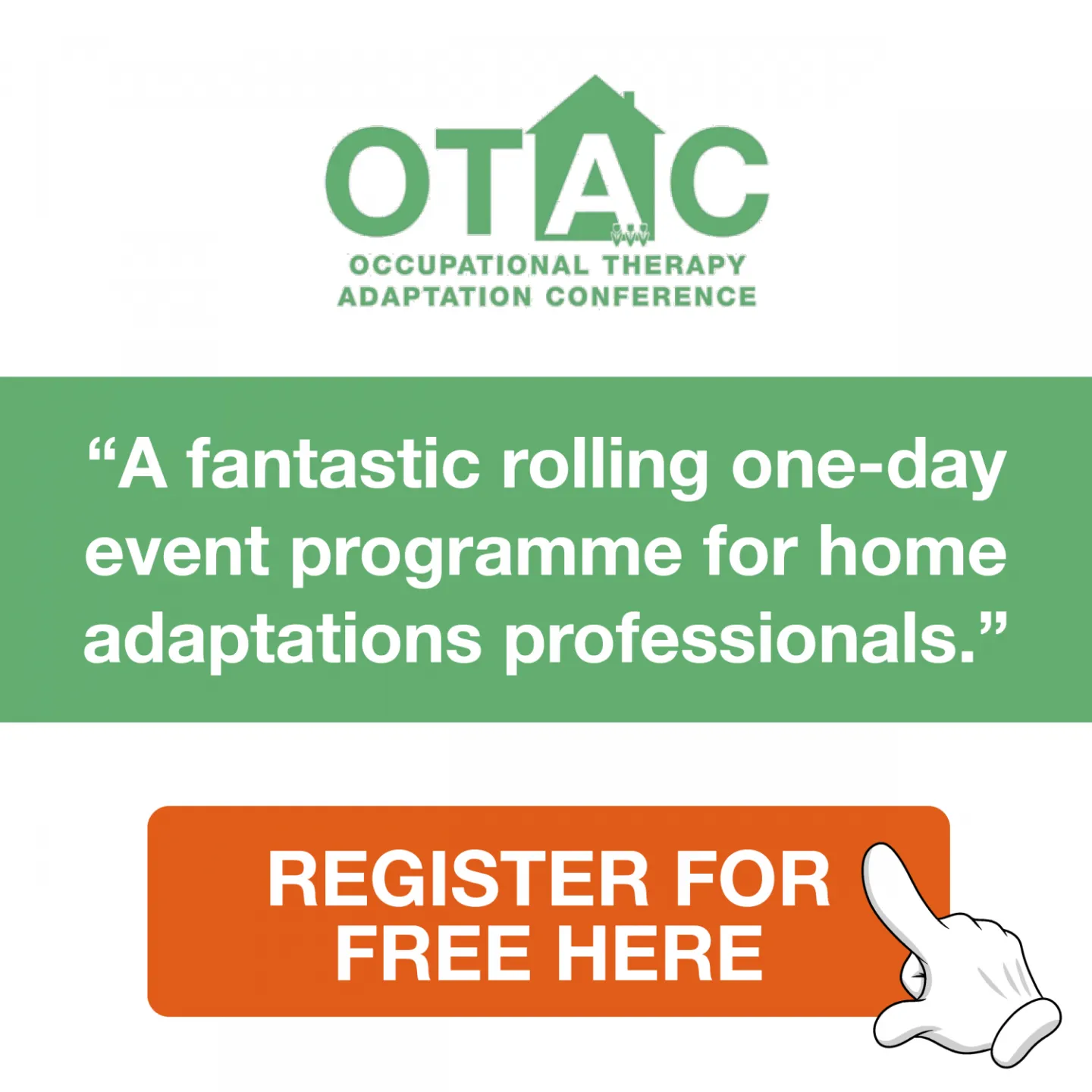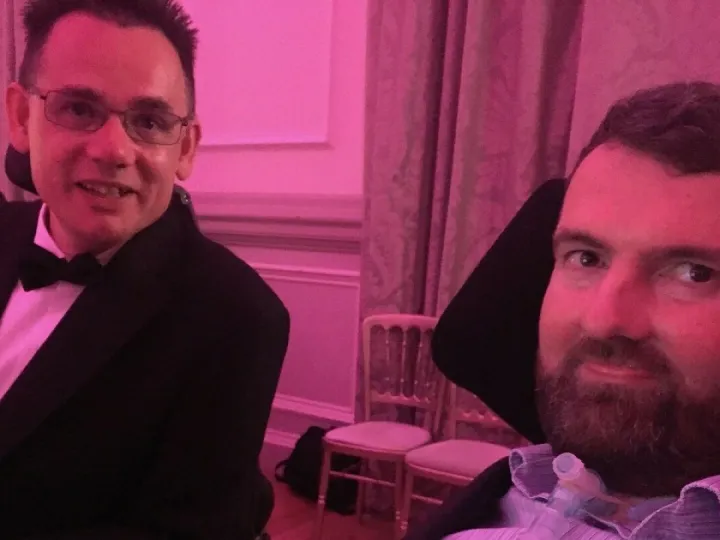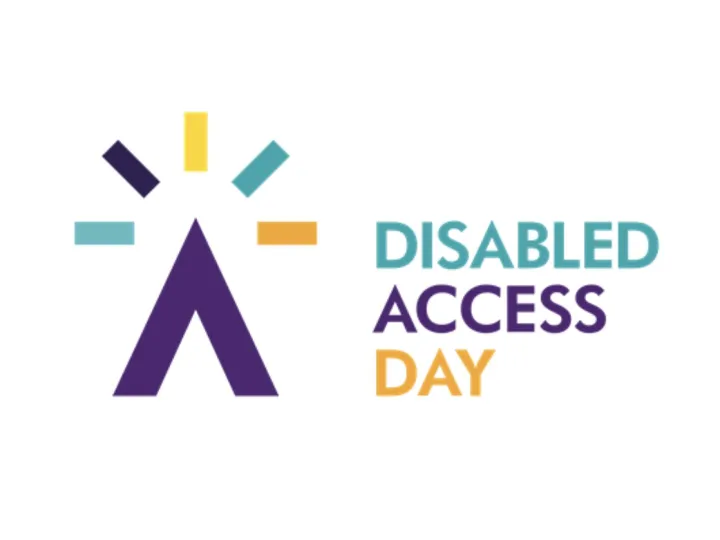Disabled Access Day & The Road Ahead
A decade ago, something quietly revolutionary began. Paul Ralph , a disabled access consultant with a knack for sparking change, and more than a few cups of tea under his belt, had a simple but powerful idea: what if we had a day to celebrate good disabled access?
A day not to point out what's missing, but to highlight what's working well, shine a spotlight on accessible places, and encourage people, disabled and non-disabled alike, to try somewhere new.
Supported by his good friend and fellow access champion the late Euan MacDonald, founder of Euan's Guide , the idea blossomed into what became Disabled Access Day . A national, even international, celebration of inclusion, welcome, and, dare we say it, joy.
From its humble beginnings in 2015, Disabled Access Day grew rapidly. Museums opened their doors with British Sign Language tours, cafés trained staff on hidden disabilities, bus companies invited people to try accessible transport in a no-pressure environment, and heritage sites dared to ask the question: "What if access could be an experience, not a barrier?" As well as much more too. Places, people and communities adopted the idea and provided their own celebrations of welcome. The media got excited, social media was alive, and just for once people forget about disability and simply had fun just like everyone else.
More than a day
It was never just a day. It was a movement. It encouraged thousands of people to discover new venues, test the waters of public transport, attend their first theatre show in years, or simply explore their local area with a new sense of possibility. It prompted venues to do better, not because of legislation or shame, but because they saw how powerful a good welcome could be.
Disabled Access Day offered an important shift in tone. It wasn't about ticking boxes; it was about lighting sparks. And people noticed.
The pause that Covid brought
But then came 2020. The pandemic put many things on pause and Disabled Access Day was no exception. With venues closed, uncertainty in the air, and the very idea of "trying somewhere new" feeling like a distant dream, the team made the difficult but necessary decision to suspend the event.
And here we are, some years on. The world has changed. But the legacy of Disabled Access Day remains.
Looking back to look forward
In reflecting on ten years since Paul first said, "Wouldn't it be great if" we're reminded that real change often begins with a personal experience, a conversation, or a moment of frustration turned into action.
The impact of Disabled Access Day is visible not just in the past events, but in the culture it helped shape: a growing appetite for lived experience, a stronger voice for disabled people in tourism, hospitality and community, and a demographic that continues to ask, "How can we make this better?"
And what of the future?
Many still ask: will Disabled Access Day return?
Paul and Euan's original vision hasn't dimmed. But perhaps the next chapter needs to look different. Perhaps it's not just about a day but about embedding the spirit of Disabled Access Day across the year.
We might not need one big moment, but hundreds of small ones: pop-up events, online showcases, local initiatives, and international sharing of best practice. A ripple effect.
The desire is still there. The need is still there. And judging by the growing innovation in accessible tourism, inclusive design, and digital access, the future looks promising if we keep pushing.
So here's to ten years since the first Disabled Access Day. To Paul, to Euan, and to everyone who took a leap, opened a door, and made someone feel truly welcome.
The movement may have paused, but the message still rings out loud and clear: Access is for life, not just for one day. #YouAndSomewhereNew
This story was published on LinkedIn on 7th June 2025 by Paul Ralph.



